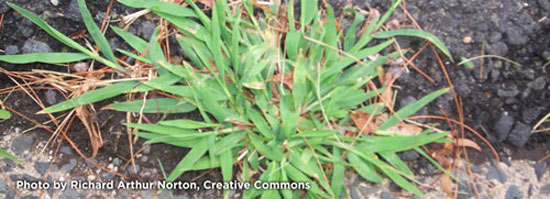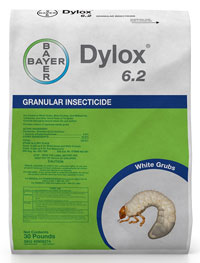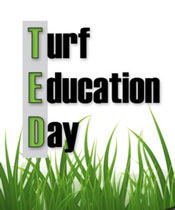August 2021 News
Magnolia scale
Magnolia scale is our largest soft scale insect, reaching ½ inch in length. This scale spends the winter on small twigs as tiny, dark-colored nymphs. In the spring, the scales begin to feed, mature, and change color. The males, which turn white, are smaller than the females, about 1/8 inch in length, and emerge as tiny, gnat-like insects. The males mate with the females and then die. The females turn white to brownish-purple in color and continue to enlarge through July.
Magnolia scale adults
Magnolia scale eggs hatch internally and the crawlers emerge from the mother insect. Crawler emergence occurs late summer into early fall. Insect life cycles are dictated by heat so emergence of crawlers will vary from year to year. On average crawler emergence occurs from late August through the end of September. This would also be the best time to treat with insecticides (see chemical management below). The crawlers move around until they find a suitable feeding site, usually on branches, where they settle down and remain through the winter. The adult female dies after reproducing, but may remain attached to the stem for many weeks, making the population seem larger than it really is.
Damage
Scale insects have sucking mouth parts and feed on sap from the tree. They can remove large quantities of sap and can stress the host tree. Trees can usually tolerate small populations of scale. The extensive feeding by a larger population will stress the trees and often leads to yellowing of leaves and twig dieback. Over time, an untreated population of magnolia scale may lead to decline of the tree.
Excess sap is excreted by the insects as honeydew. Honeydew is sticky and will coat plant parts and often drip onto surfaces under the tree. A black fungus called sooty mold will grow on the honeydew, but does little actual damage to the plant. The sticky honeydew and black sooty mold are often noticed before the insects are seen. The honeydew may also draw other insects like ants and wasps to the tree.
Chemical
Scale insects are very vulnerable in the crawler stage when the young are looking for a place to feed. Adult scales are usually protected from chemicals because of their protective coating. Registered sprays applied before the crawlers are present will have little effect on population control. Timing of application is critical. Chemical sprays would be used at the time of crawler emergence (on average from late August through the end of September).
Source: Morton Arboretum
POSTEMERGENCE CRABGRASS CONTROL

Quinclorac
Quinclorac has shown to be a good-excellent post crabgrass herbicide. Quinclorac also exhibits some broadleaf activity, especially on legumes like black medic and clover. Drive activity is very rapid, with crabgrass kill occurring within 1-2 weeks after herbicide application.
Drive XLR 8
Improves the control of crabgrass and is rain-fast in less than an hour. Proprietary, water-based formulation.
Q4 Plus
Absorbed by both the leaves & roots and translocated throughout the plant. Offers the professional turf manager more knockout power.
DYLOX® GRUB CONTROL - THE STANDARD FOR CURATIVE GRUB CONTROL

DYLOX provides fast-acting control of surface-feeding and soil insects, including white grubs, mole crickets, sod webworms and cutworms. Not wasting any time, Dylox works immediately after irrigation or rainfall, and penetrates thatch up to 1/2-inch thick when watered properly, providing grub control within 24 hours. Under normal conditions, Dylox controls the pest and then degrades quickly. There are no Dylox restrictions regarding turf species or sites for landscape and recreational-area uses.
 Supply and Availability Will Increase – Truck Driver Shortage Supply and Availability Will Increase – Truck Driver Shortage
"The need for workers is weighing on the trucking industry, where freight operators are struggling to raise wages fast enough to find drivers. ... 'The driver situation is about as bad as I’ve ever seen in my career,' Fuller told Yahoo Finance on Monday."
Read the full article at Yahoo! Finance.
MARK YOUR CALENDAR
Turf Education Day (TED)
 ILCA and the Chicago Botanic Garden have come together to present this comprehensive day of education on lawn care education, products and resources. Lawn care is a big part of many of our businesses and organizations. Whether you choose to subcontract some of those services, or provide them in-house, it is critical to your profitability and customers’ satisfaction to stay informed about the latest turf care products and practices. We are excited to host this day of training and education in-person and is for any professional who cares for and looks after turf. ILCA and the Chicago Botanic Garden have come together to present this comprehensive day of education on lawn care education, products and resources. Lawn care is a big part of many of our businesses and organizations. Whether you choose to subcontract some of those services, or provide them in-house, it is critical to your profitability and customers’ satisfaction to stay informed about the latest turf care products and practices. We are excited to host this day of training and education in-person and is for any professional who cares for and looks after turf.
When: Sept 15, 2021, 8am - 5pm CDT
Where: Chicago Botanic Garden, 1000 Lake Cook Road,Glencoe IL 60022 [map]
2021 catalog
|